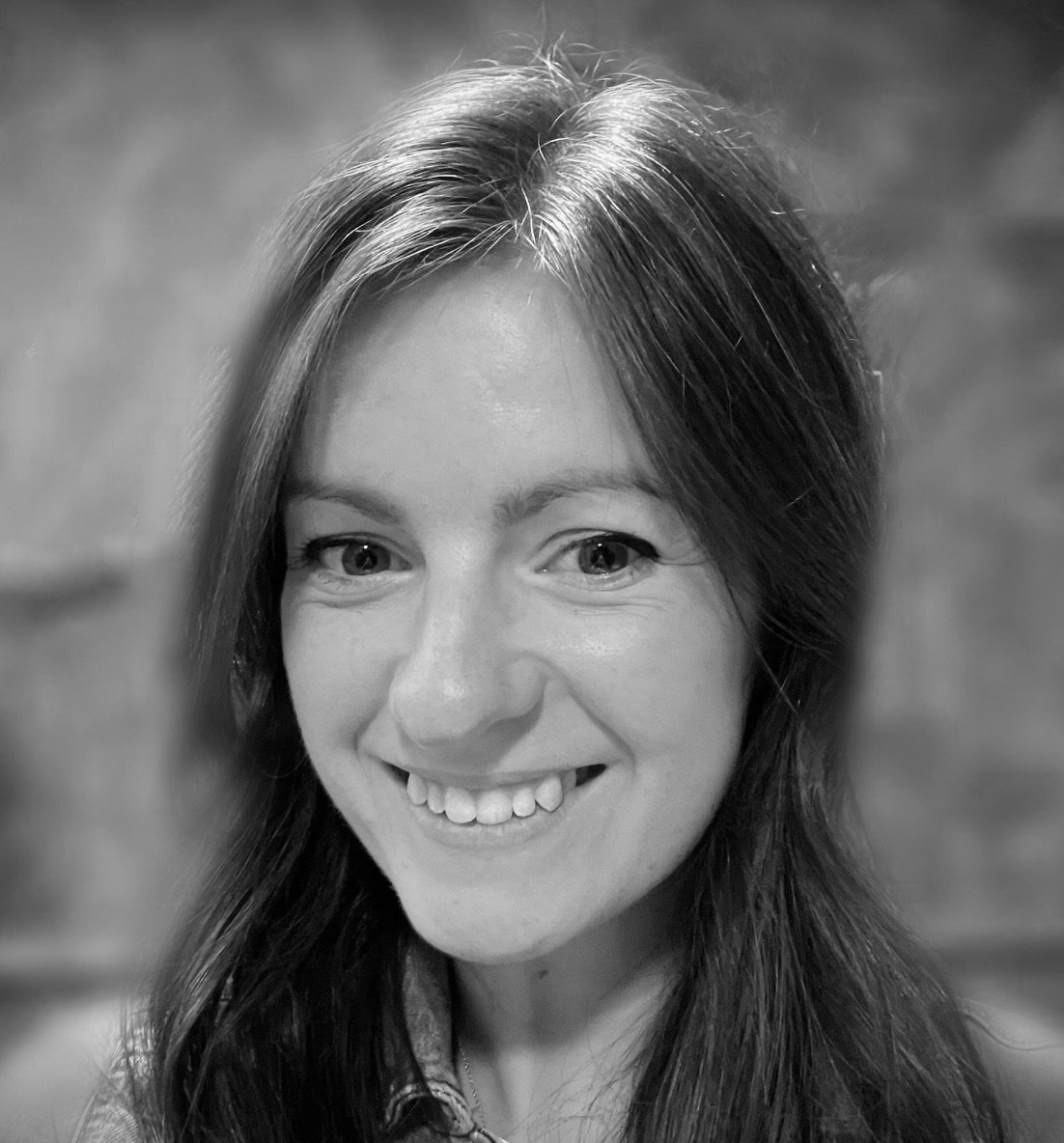Syllabus Edition
First teaching 2024
First exams 2026
Religion in Nazi Germany (Edexcel GCSE History) : Revision Note
How Important was the Church to Nazi Germany? - Summary
After turning Germany into a one-party state with the passing of the Enabling Act in 1933, Hitler was concerned with the power of the largest organisation in Germany - the Church. With the majority of the population being either Catholic or Protestant, the Nazis were worried about the ideas and beliefs being taught in church and in Christian schools. Initially, Hitler adopted a passive approach to the Catholic Church, demonstrated with the passing of the Concordat in 1933. Ultimately, however, the Catholic Church represented too much of a power base for the Nazis to simply ignore and steps were taken to limit their power and oppress their followers. The Nazis arguably had more success with control of the Protestant Church. Ludwig Müller’s Reich Church represented a blend of Nazism and Christianity. Yet opposition by Pastor Martin Niemöller and the Pastors Emergency League posed resistance to Nazi interference in Protestantism. |
The Concordant with the Catholic Church

Germany had historically been very Christian and this was no different by 1933
Most of the country were either Protestant or Catholic
Christianity was a threat to Hitler and the Nazi Party because the Christian Church held different beliefs from the Nazi Party

However, it wasn’t clear whether Christianity and churches should be completely eradicated:
Hitler's Conflict with Christianity
Should Hitler destroy or keep Christianity? | |
|---|---|
Destroy | Keep |
Christianity had more members than the Nazi Party | Many Christians had voted for Hitler during important elections |
Christian beliefs conflicted with Nazi beliefs | They shared similar beliefs on the importance of family |
Churches could spread anti-Nazi ideas | If the Nazis could control the churches, they could control the population |
Hitler initially tried to reassure the Christian churches by encouraging them to work with the Nazi government
The Catholic and Protestant churches reacted differently to Nazi interference
Catholics represented a number of challenges for Hitler:
Their first allegiance was to the Pope
They supported the Catholic Centre Party before the passing of the Enabling Act
They had their own Catholic schools, which taught different beliefs to Nazi schools
Hitler signed an agreement known as a Concordat with the Pope in July 1933 on behalf of the Catholic Church:
It allowed Catholics to worship freely and to continue with Catholic schools
In return, Catholic priests would not interfere in politics and would swear loyalty to the Nazi regime
Persecution of Catholics continued throughout the 1930s:
Around 400 priests were sent to the Dachau concentration camp
Catholic schools were controlled or closed
Youth groups like the Catholic Youth League were banned
Monasteries were closed down
By 1937, it was clear the Concordat had failed:
The Pope released a statement known as ‘With Burning Anxiety’, which criticised the Nazi regime
Hitler is referred to in the statement as a “mad prophet”
Examiner Tips and Tricks
If you are asked about Nazi policies towards the churches or Christianity, make sure you refer to both Catholics and Protestants.
The Protestant Reich Church
Many Protestants supported the Nazi Party by 1933 as the party had promised protection from communists, who were anti-Christian
Ludwig Müller became Reich Bishop of a unified Protestant church called the Reich Church:
Around 2,000 individual churches joined
The swastika was displayed in some churches
Jewish people were not allowed to be baptised in the Reich Church
Pastor Martin Niemöller resisted Nazi intervention and set up the Pastors’ Emergency League (PEL):
The Confessional Church was created in 1934 and 6,000 churches joined
Worked Example
Give two things you can infer from Source A about Hitler’s attitude towards Christianity
4 marks
Source A: A conversation between Hitler and a colleague in 1933 Neither Catholic nor Protestant has any future left. At least not for the Germans. Nothing will stop me from stamping out Christianity in Germany, root and branch. One is either a Christian or a German. Do you really believe the masses will ever be Christians again? Nonsense. Never again. No one will listen to it again. But we can hasten matters. The clergy will be made to dig their own graves. They will betray their God to us. They will betray anything for the sake of the miserable little jobs and incomes |
Answers:
(i) What I can infer:
Christian beliefs do not align with Nazi beliefs (1)
Details in the source that tell me this:
"One is either a Christian or a German” (1)
(ii) What I can infer:
Hitler wants to remove Christianity from all areas of German life (1)
Details in the source that tell me this:
“Nothing will stop me stamping out Christianity… root and branch” (1)
Examiner Tips and Tricks
For written sources, use a quote directly from the source to provide evidence. You can also use an ellipsis (...) to remove evidence from a quote that you do not need.

You've read 0 of your 5 free revision notes this week
Sign up now. It’s free!
Did this page help you?

